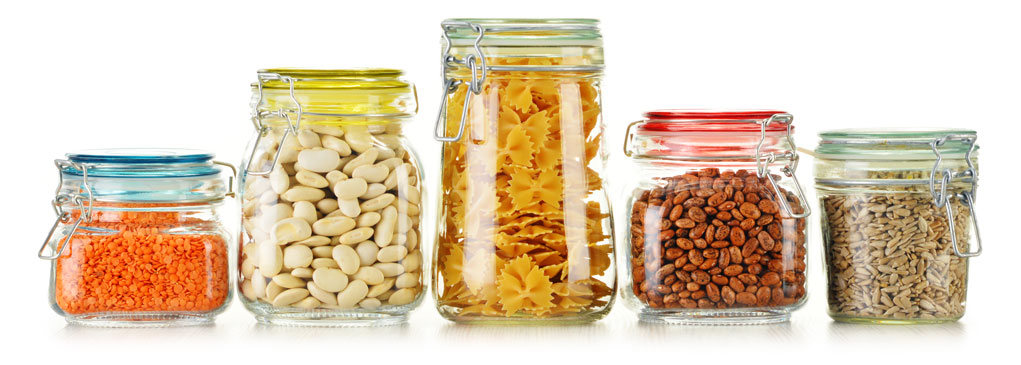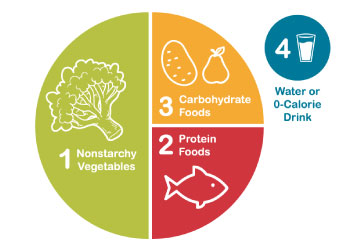Safe Grocery Shopping Tips for People with Diabetes
Staying home and limiting your contact with other people is the most effective way to stay safe and avoid COVID-19. However, some trips outside are essential, like shopping for groceries. Read on for simple tips to make grocery shopping safer.



 Canned/Jarred Foods
Canned/Jarred Foods










